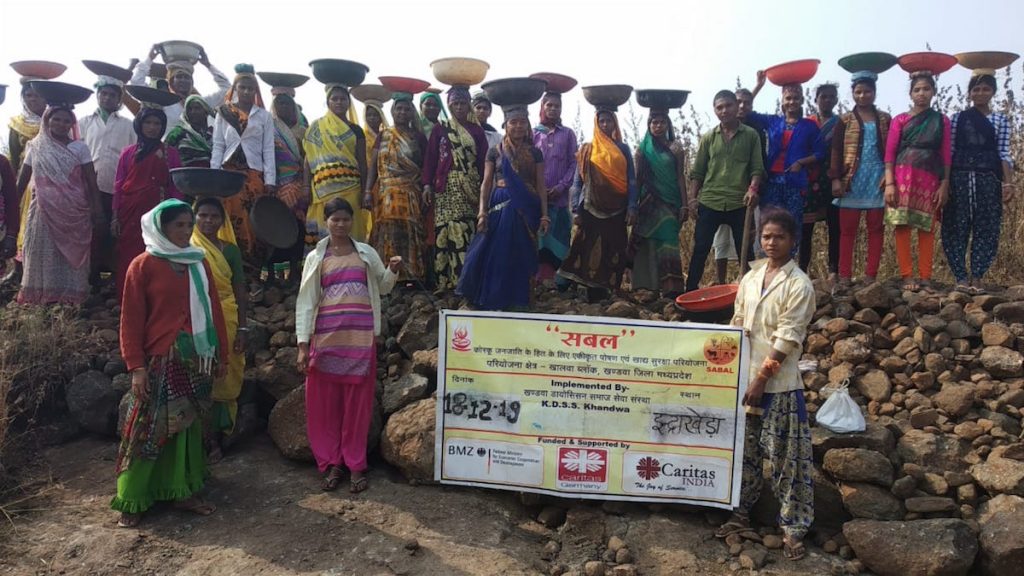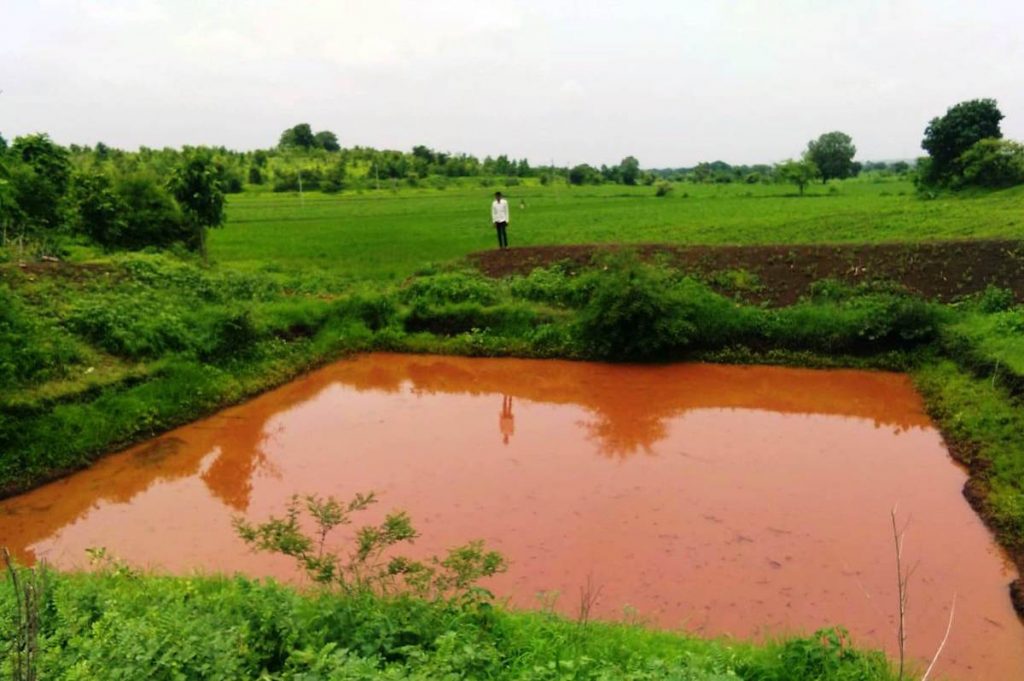It was not long ago that Natha Ram, a farmer from central India’s Madhya Pradesh, would reap nothing but pain from his four-acres of maize.
For his village of Khandwa, drastic changes in the weather pattern have meant the late arrival of monsoons and frequent thunderstorms have become a new normal over the past decade.
Farmers like Ram, 58, in the region have seen their crops more than once ruined by late monsoons and untimely rainfall.
“The rains coupled with the thunderstorms meant we had lost hope in making a living from the harvest,” Ram told LiCAS.news.
Seven years ago, Ram borrowed Rs 250,000 ($3,000) from a local bank against his cultivable land. He put the money towards repairing his house and was hopeful of repaying the bank from his earnings.
“But things began to change drastically. Rains didn’t come during the monsoons and droughts wreaked havoc on the fields more dreadfully than other years. For more than a year, I couldn’t repay the bank with anything,” Ram said.
Two years ago, when the bank served Ram a final notice that his land would be confiscated if he failed to clear the debt, he and his wife seriously contemplated committing suicide.
“However, the bank would take away the land even if we both died and what would happen to our three daughters and two sons? We decided to live and began searching for help,” Ram recalled.
It was finally a distant cousin and a few of his friends who came to offer support and he managed to pay the bank what was owed.
But the problems brought about by weather changes remained and worsened; the land became barren and the water wells dried up leaving local farmers and their families starving.
One of Ram’s friends and a farmer in Khandwa village, Harish Charan, told LiCAS.news that several children in the village died due to malnutrition and more than 16 farmers from the hamlet committed suicide due to not being able to provide an income to their families.
Then two years ago, hope arrived in the form of a team from Caritas who surveyed the village and underlined a series of measures to help the farmers address their challenges.

Rainwater harvesting and soil conservation measures were the two primary ways planned by the team to help safeguard farming in Khandwa.
As part of the effort Caritas offered the village’s farmers, including Ram, training sessions on rainwater harvesting over a two-month period where they learnt about loose boulder structures, gully plugs, stone bunds, farm bunds, farm ponds, water absorption trenches and soak pits.
“We gradually learned the skills and now thank God I have three bund farms in my land and I store enough water whenever it rains. The stored water is used to irrigate the fields during the dry monsoon season,” Ram said.
Another farmer, Harish Chander said he built water absorption trenches, as shown by Caritas, which allowed him to irrigate his once barren six-acres of land.
“Water is the main supply line to keep the crops alive. In the past when there used to be no water we all used to stare up towards the sky wondering what our fate is going to be like. Now, whenever it rains, we know how to harvest it and put it to use,” Chander said.
300 million liters
Vibhav Pavane, a strawberry farmer in Amravati village in India’s western state of Maharashtra, was facing similar ordeals.
According to Pavane, he was seriously weighing up abandoning farming forever and to go work as a daily wage laborer in a city.
“The scarcity of water during the midseason used to destroy crops in abundance,” Pavane recalled.
It was two years ago when a Caritas team, along with partner organizations, began imparting training to the farmers in Pavane’s region about rainwater harvesting and de-siltation of wells.
“The availability of water has truly changed the entire picture. Earlier, it was even impossible for us to imagine that we could have profitable yields ever. Now I earn more than Rs 200,000 from my farm every year. Water has done miracles for us,” Pavane said.

According to Robin George, program manager of the Caritas project, the rainwater harvesting program has been run in more than 140 villages in India.
George said more than 300 million liters of rainwater have been harvested by farmers adopting techniques they were taught.
Agriculture, with its allied sectors, is the largest source of livelihoods in India. 70 percent of its rural households still depend primarily on agriculture for their livelihood.
As per government data, persistent drought and a rise in temperatures has affected more than 330 million people in India over the past two years.






